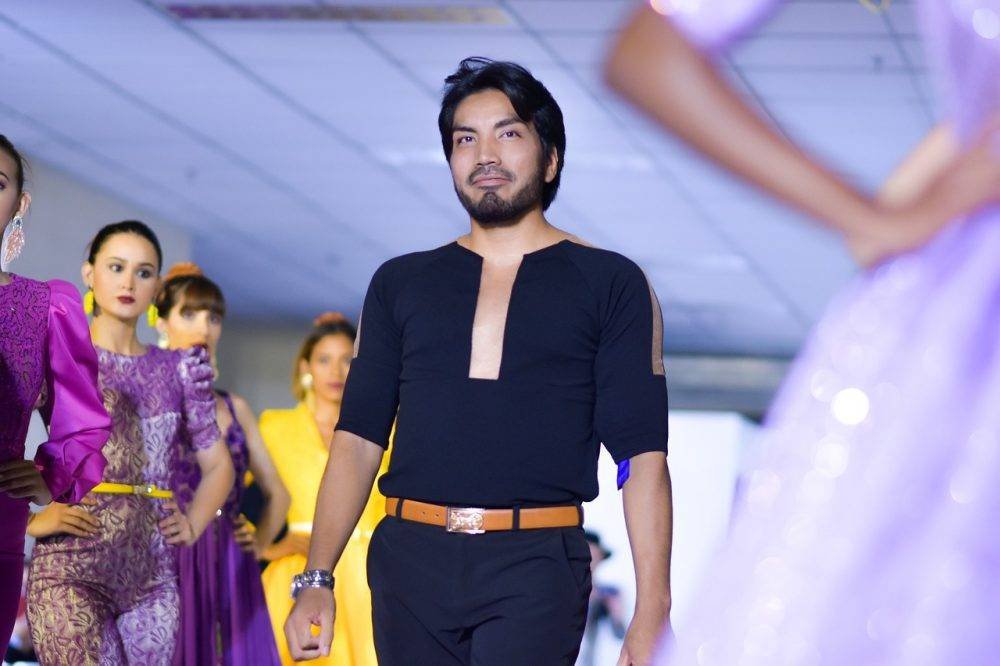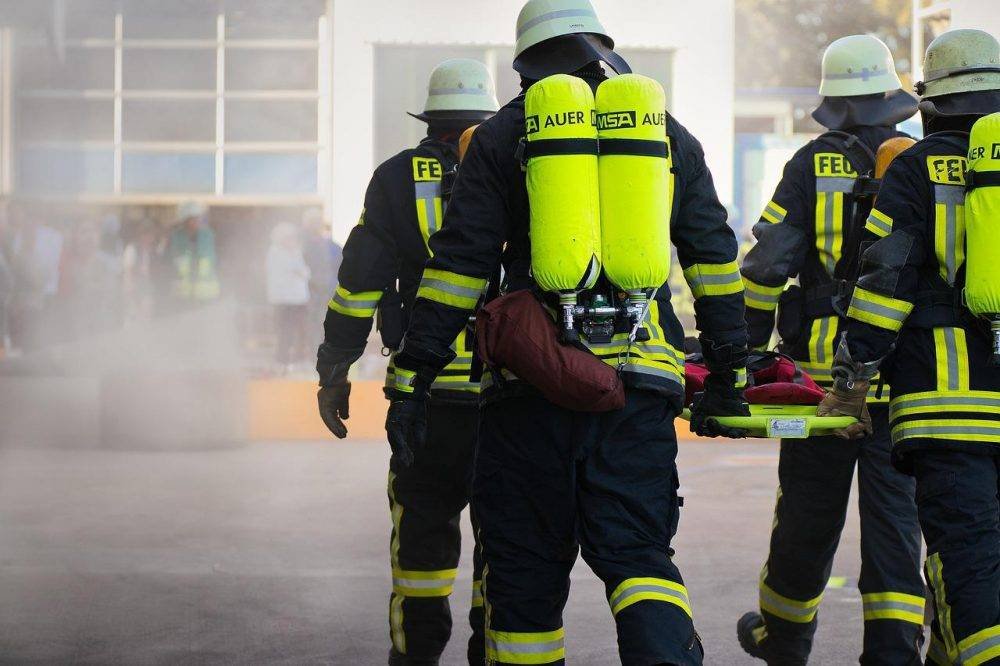Fashion trend forecasting, which aims to master fashion’s changeability, is as important as it has always been. When it comes to business, forecasting is essential. Understanding trends and producing accurate forecasts can make or break a company’s success.
Trend forecasting using social media monitoring enables fashion firms to realize their full financial and creative potential.
Thus, forecasting is an essential component of the ever-changing fashion industry. So, what exactly is trend forecasting, and how does it work in the age of AI? Keep reading to find out!
What Is the Definition of Fashion Trend Forecasting?
Fashion trend forecasting is the technique of predicting future fashion trends. Fashion designers and merchants may use forecasts to arrange their collections and merchandise accordingly.
Fashion trend forecasting seeks to tell a narrative through forms, design elements, colors, materials, and trimmings. Trend forecasters provide reports and mood boards that designers use to develop new apparel and accessories for firms.
Forecasting of Short-Term Trends
Short-term and near-season forecasts provide an accurate picture of what customers will want in the next 6–12 months.
Microtrends play an important role in short-term forecasting. Short-term forecasts differ by season and are frequently concerned with color, style, and the influence of current events and pop culture.
Forecasting Long-Term Trends
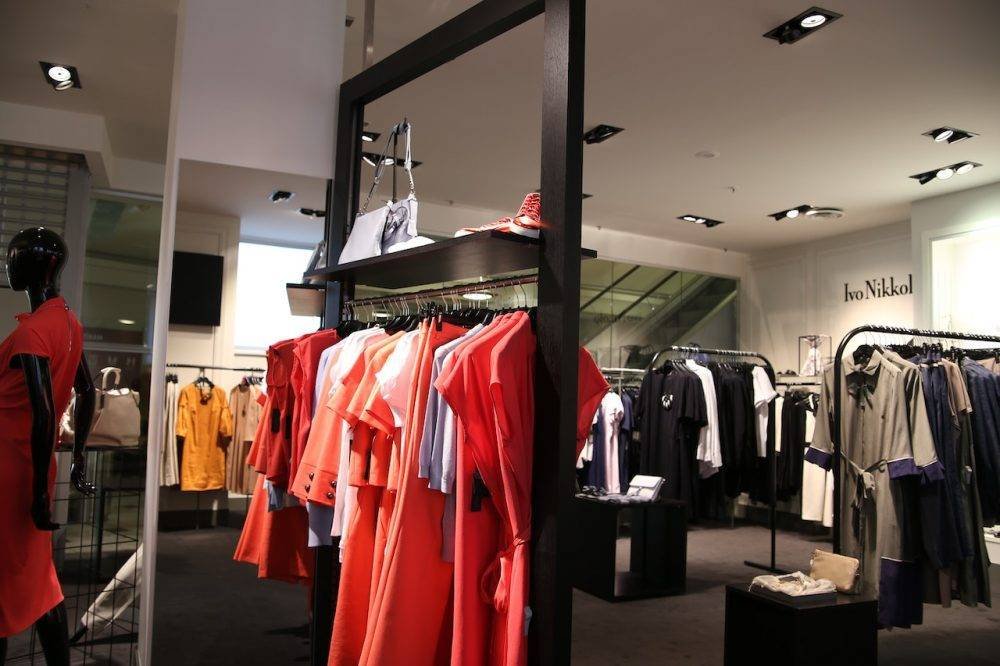
Long-term forecasting looks at broader directional points that indicate a societal shift, also known as macro trends. A macro trend forecast depicts consumer lifestyles and makes category forecasts.
Long-term forecasting seeks to identify significant changes in local and international demographics; fashion industry shifts; consumer expectations; values; and purchase impetus. Consumers, for example, increasingly choose sustainable clothes, which is a global trend.
Changes in technology, science, economics, politics, and culture can all have an impact on macro trends. The COVID-19 pandemic, for example, has altered the way we consume and the products we require or are interested in.
How Does Business Fashion Trend Forecasting Work?
To accurately fashion trend forecasting, it is necessary to observe and study social-cultural movements that have a short-, medium-, or long-term impact on fashion direction. Trend forecasters create a scenario by combining intuition and data, which they then present in writing and on mood boards.
A vast amount of information must be gathered through research to make a confident forecast. One of the problems with predicting trends is how hard it is to do research and collect relevant data, which is why agencies’ services often cost a lot.
Each brand’s trend forecasting process is distinct. Womenswear companies, for example, spend more on micro-trend research than male labels since they generate more collections each year. Forecasting is also influenced by the size and target market of the company.
Here Are Some of the Forecasting Sources Used by Businesses.
• Attending fashion displays, Taking note of the most promising designs and then bringing that information to chain-store product producers from the catwalk Top-down forecasting is based on how fashion trends spread from haute couture runways to high-street stores.
• Following influencers. Today, trend forecasters are more likely to turn to influencers, street styles, and blogs for information on the latest trends. This is referred to as “bottom-up” forecasting.
• Using a trend forecasting agency. Larger firms that are not vertically integrated frequently rely on trend forecasting agencies to create trend research reports for them.
The majority of trend forecasters use a mix of “top-down” and “bottom-up” forecasting, in-depth fashion scene knowledge, and personal intuition to anticipate fashion trend forecasting.
However, such methods are usually inefficient, expensive, and strongly dependent on expert experience, which frequently introduces bias into the forecasting outcomes.
But, like in every other aspect of life, AI has found its way into fashion trend forecasting, to shape its future by providing more accurate and efficient forecasts.
Fashion Weeks and Their Impact on Trend Forecasting
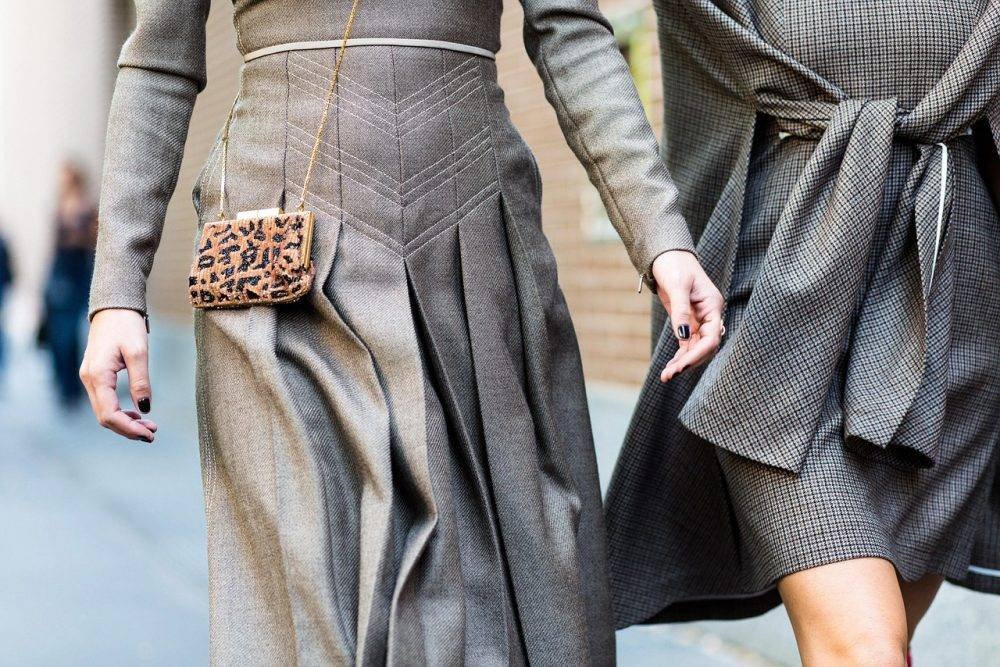
Normally, fashion weeks are a wealth of possibilities for expected trends, with sources coming both from the runway and the streets. However, luxury firms are unsure to what extent a product or style will flourish after Fashion Week, particularly since these events have become more democratized.
Attendees, industry experts, and brand fans publish their comments on the given collection first on social media. Never before have companies had direct, real-time access to their consumers’ opinions and sentiments about specific goods and collections. Image recognition technology and hashtag detection give information on the predictability and attractiveness of items to fashion firms and shoppers alike, which helps with marketing, retailing, and communication projection.
The Importance of Social Media and Artificial Intelligence in Fashion Trend Forecasting.
The Internet, and hence social media, has accelerated the life cycle of trends, resulting in phenomena such as rapid fashion and global supply chains. In the last decade, the digital revolution has altered trend virality, time-to-market speed, and customer behavior. However, technological breakthroughs are also influencing the future of trend forecasting.
Fashion forecasting firms are currently using innovative technology to anticipate what will be the next big thing. AI is commonly used during fashion forecasting to evaluate text and hashtags on social media, online collections, and consumer behavior in e-commerce.
Fashion trend forecasting is attracting scholarly focus as an upstream research problem in computational fashion analysis. It’s usually studied from the perspective of essentially related tasks like fashion identification, detection, retrieval, and segmentation.
Fashion forecasting, as a computational issue, goes beyond just estimating the future purchase rate of an item observed in the past. As a consequence, it’s more than a regression issue.
Instead, the forecaster must make assumptions about future trends to create previously unknown styles of composition. The ability to estimate the future of styles rather than specific clothing is interesting for applications that need models that represent where trends as a whole are heading.
Social media catches people’s everyday lives all over the globe, and it has turned into a platform for more users to voice their fashion tastes and ideas. As a consequence, it offers a natural forum for trend analysis research.
Furthermore, social media data is massive, diversified, strongly connected to fashion trend forecasting, and has a long period, making intelligent large-scale fashion trend research feasible and profitable.
That’s exactly what Heuritech, a fashion forecasting company, is doing. Their unique picture recognition engine can identify and categorize hundreds of components in a single social media photo, such as shapes, features, materials, textures, patterns, and colors.
Heuritech’s algorithm recognizes a snapshot of a striped t-shirt, for example, since it finds the garment has a crew neck, short sleeves, unique colored stripes, and even the fabric type. Because this technology analyses millions of photographs every day, it is possible to compute the number of striped t-shirts.
Then, by applying AI to convert real-world images shared on social media into meaningful data, Heuritech can help businesses to more accurately forecast demand and trends, produce more sustainably, and achieve extraordinary competitive advantage.
Soon, we may see AI models combining more diversified consumer data. For example, this work tackles the social media-based fashion trend forecasting challenge, intending to mine the complex patterns in historical time series records of fashion aspects and anticipate future trends appropriately.
Social Media Has Strong Forecasting Capability.
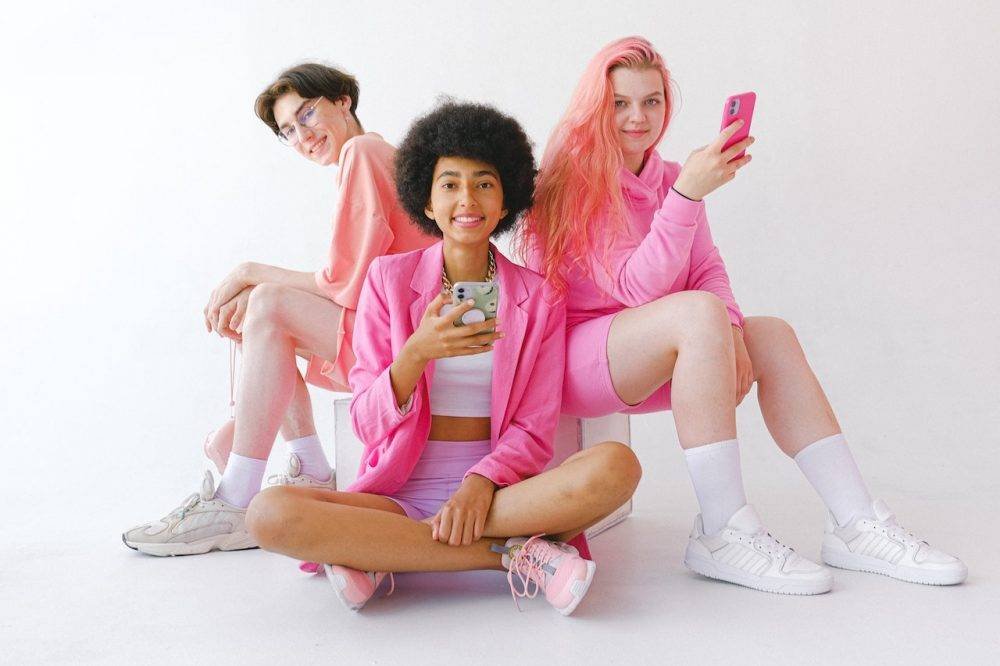
If fashion experts used to look at what people were wearing on the street to get a feel of the market, “street style” has now taken on even more relevance online, with thousands of people wearing things only a click away.
Currently, more than 100 million photographs are posted daily on Instagram, which has close to 1 billion active users every month. Can you fathom how powerful these visuals are? They have a three-quarters effect on purchases and are often pushed by companies that partner with celebrities and their entourages.
Instagram isn’t the only social media site influencing change in the fashion industry; Weibo, Pinterest, TikTok, and YouTube all play important roles since millennials and Gen Z-ers have become both influencers and followers. The fashion business as a whole has moved from exclusive to inclusive; customers now share their ideas regularly through social media. These new voices have joined the fashion game, owing mostly to consumer behavior on Instagram. Examining consumer behavior via the prism of social media.
Since social media has a big effect on how people shop, brands can no longer ignore the game-changing effect that these new consumer voices have on their image and their business if they want to stay ahead.
This implies there will be a lot more consumer data to study and use to back up one’s intuitions. Instagram indicates popularity, fashion trend acceptance, and the extension of edgy trends to commercial triumphs. We can witness specialized trends emerge from fashion-forward individuals and constantly monitor their spread (or lack thereof) to the broader market.
For instance, during Spring/Summer 2021 Fashion Week, Heuritech expects the growth of taffeta in Europe, with taffeta dresses predicted to increase by +48 points over the Instagram average.
Designers have always looked at what is occurring now to plan for the future. Social media has simply transformed the way people do things by providing them with a window into the world. Trend predicting based on social media photos is the greatest technique to stay current, particularly considering the velocity at which consumer preferences change and how they convey these changes on social media.
How Are Trends Implemented Into A Brand’s Aesthetic?
In trend forecasting, there are both smaller, more specific trends and larger, overarching themes. In general, most companies use seasonal themes and maybe a few trends. However, quick fashion businesses tend to emphasize more trend-driven collections. When researching trends, keep in mind that it’s not always smart (or best for your brand) to incorporate a trend into your line. It’s more about grasping the big picture and implementing it in a way that makes sense for your brand.
Consumer habits, political events, geological events, and societal norms can all contribute to trends. Let’s use a current fad to demonstrate this: tie-dye sweat suits. This trend is growing because people’s habits have changed because of COVID-19, a global event that has affected politics, the economy, and other areas. As a result, our customers will spend more time at home and will be more likely to dress casually. The print is a tribute to the nonviolent hippie movement of the 1960s and 1970s against the Vietnam War when it became a uniform of a revolt against the war and for peace.
Furthermore, the print (even in neutral hues) evokes a sense of creativity, fluidity, and freedom of expression—all of which people desire in times of confinement. It could even serve as a subconscious uniform in the fight against this disease. On a lighter note, tie dye is a lighthearted and fun print that you can make at home! All of these events have combined to form the perfect “storm,” making it one of the season’s most unexpected trends. Just like you may examine a movie, book, or work of art, you can also evaluate a trend and determine why it has become popular.
It’s nearly always more essential to understand why a trend exists than what the trend is. Understanding why consumers gravitate toward certain silhouettes or prints provides you with a broader understanding of the market and its direction, allowing you to make important design and purchasing decisions for your brand.
Final Thoughts
The use of high-tech in fashion trend forecasting is still in its early stages, but it has the potential to revolutionize the way firms function. By using AI and social media, we can gain a more accurate image of what fashions will be trendy next season or even next year. As AI-assisted fashion forecasting technology advances, we can expect even more sophisticated predictions and trends!
